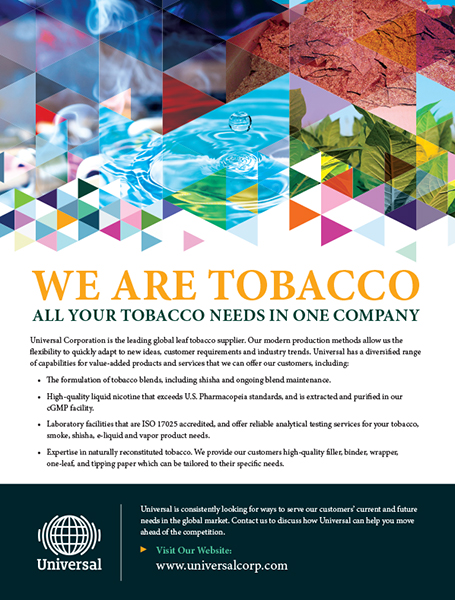
Research and Markets has published a new report on the world’s largest potential market for heat-not-burn (HnB) products—China.
The report provides an overview of China National Tobacco Corp. (CNTC) subsidiaries’ HnB marketing activities from 2017 to 2020.
The report reviews all HnB products that were officially released in domestic and foreign markets as well as cooperation ties in the Chinese HnB market.
China Tobacco has a market of 300 million smokers with a significant part being active HnB users. The domestic HnB sector is dominated by CNTC. It has launched HnB products in Sichuan, Yunnan, Guangdong, Anhui, Hubei, Heilongjiang and other provinces and has been actively engaged in overseas markets. CNTC HnB brands are presented in many foreign markets, mostly in Asian countries and eastern Europe.
Most HnB devices are promoted with dedicated consumables. HnB devices are either produced at facilities of CNTC subsidiaries or are OEM versions developed by third-party manufacturers. The CNTC subsidiaries with the largest number of HnB devices in the domestic market are based in Sichuan, Yunnan and Guangdong.
The report includes a brief review of HnB electronic devices produced in cooperation with major Chinese hardware manufacturers. There is also a brief description of companies engaged in the Chinese HnB market, and a complete list of HnB products with release dates and corresponding references in domestic and foreign markets, a map of presence of CNTC HnB brands in foreign markets and a timeline of CNTC HnB products by release date.

























